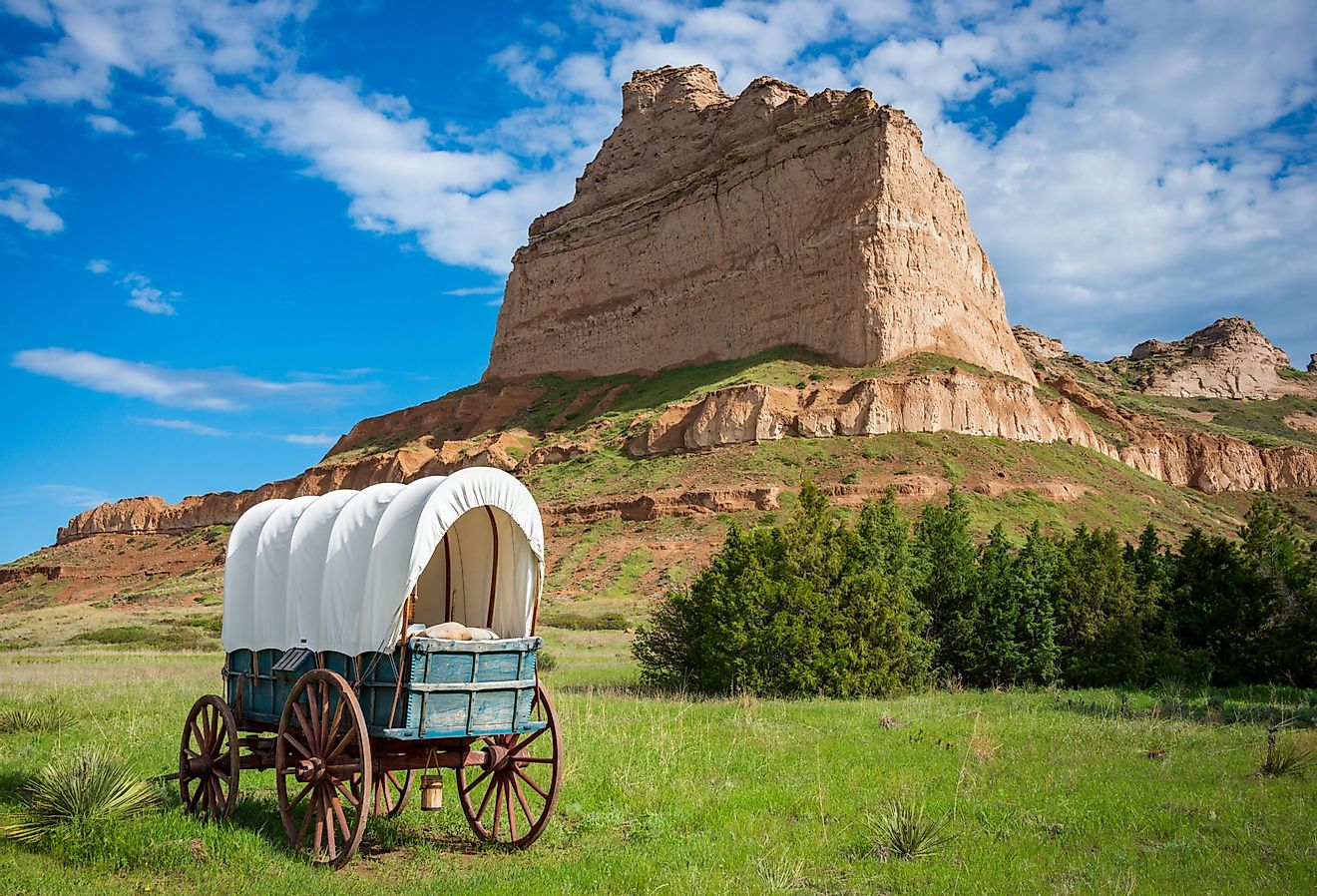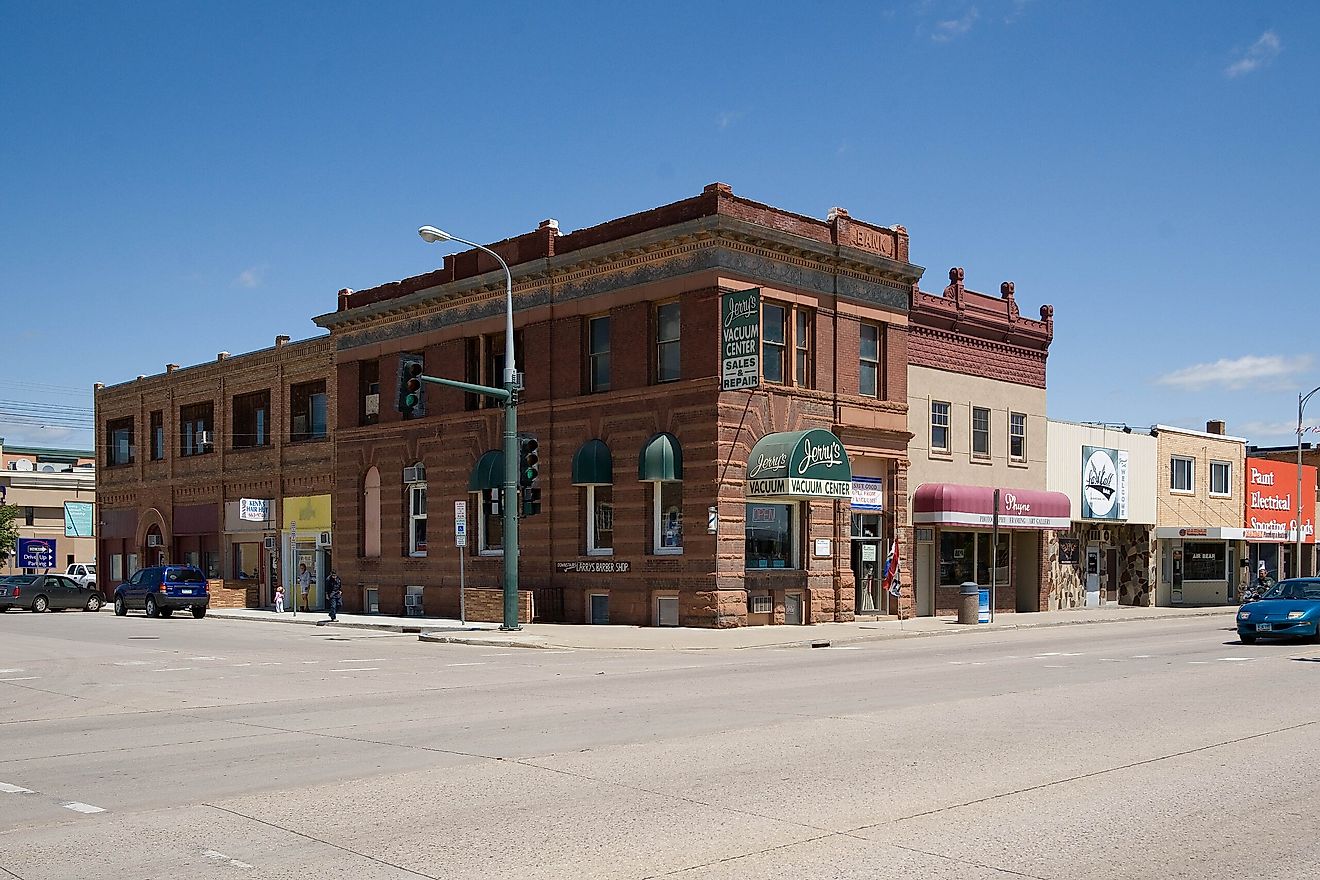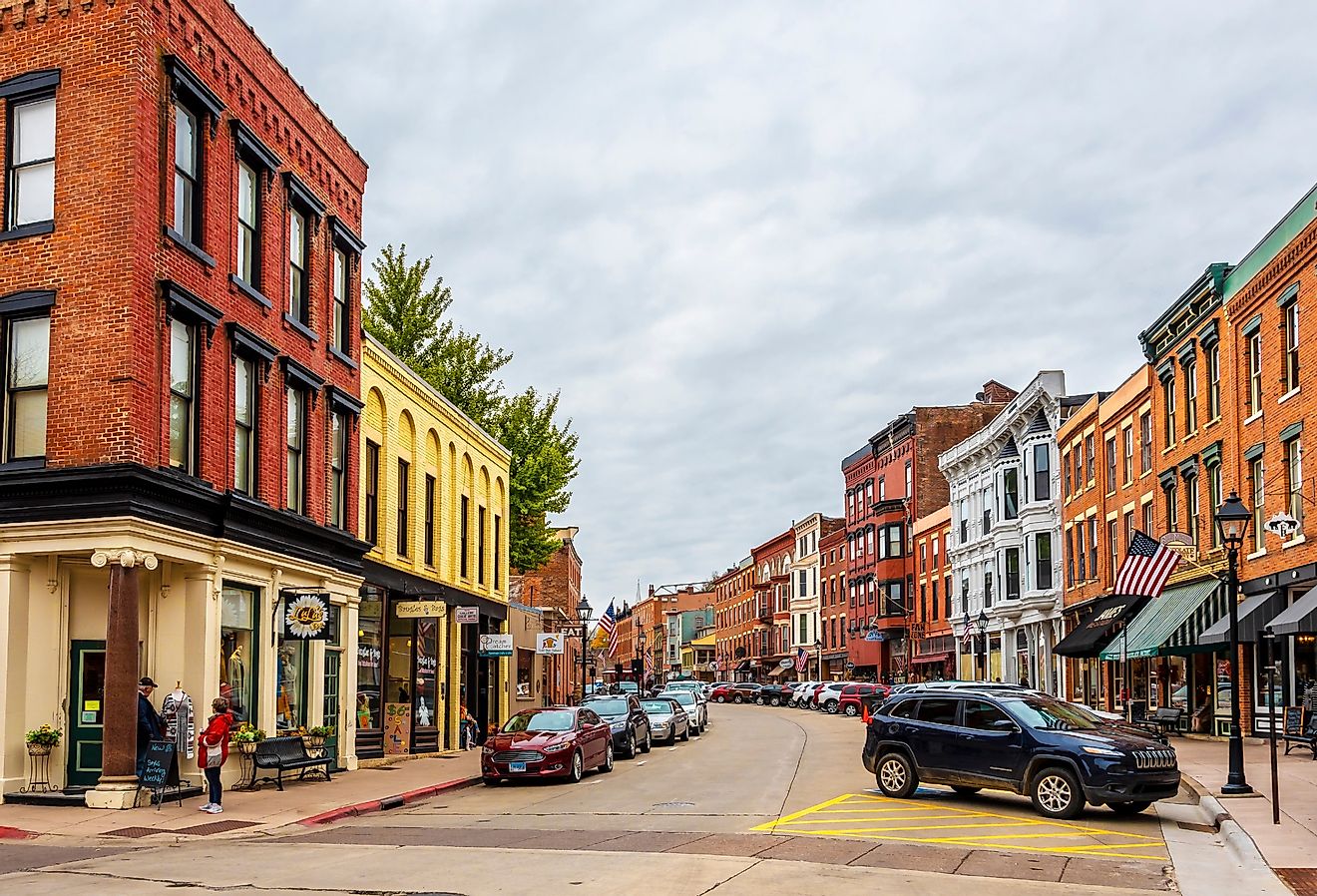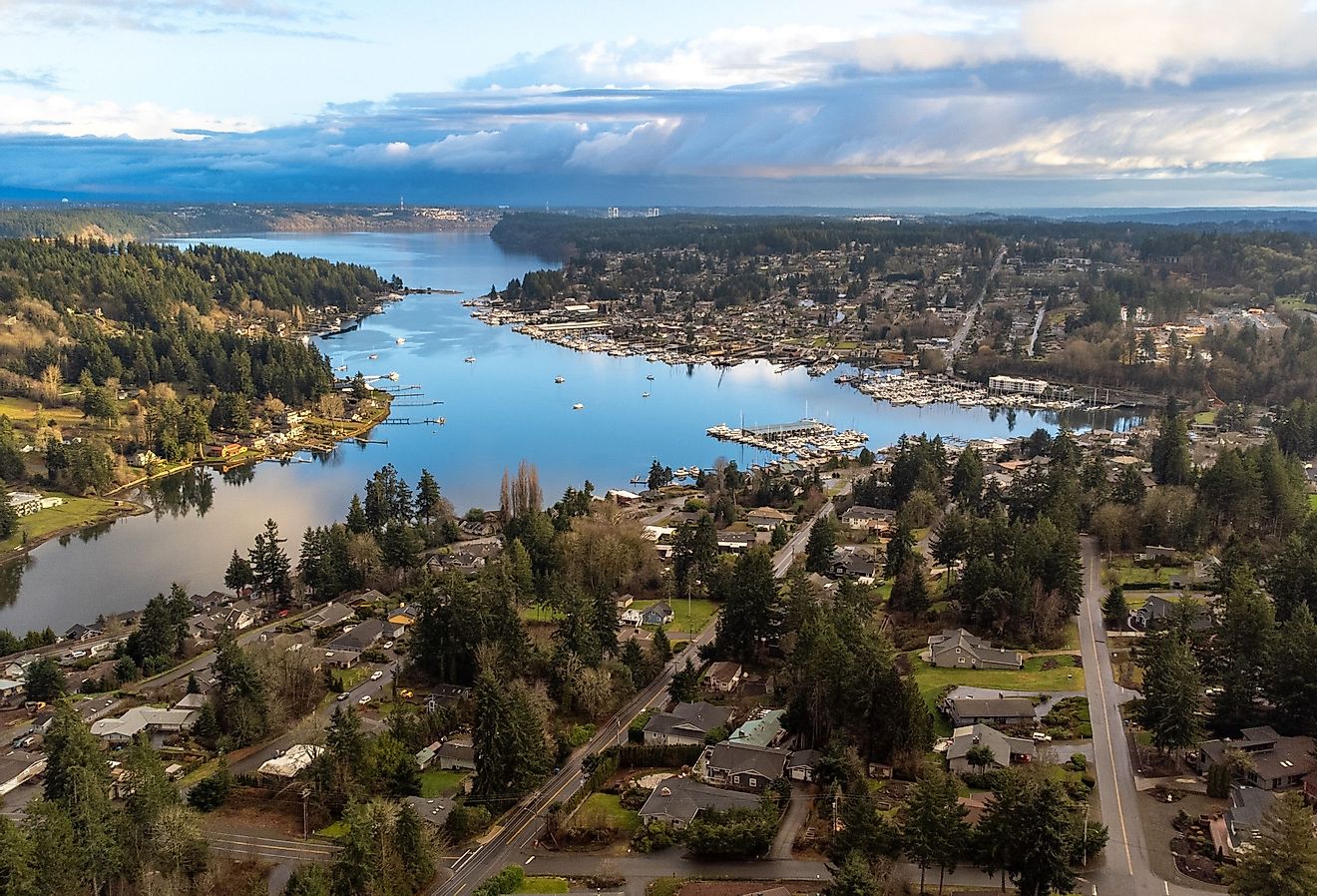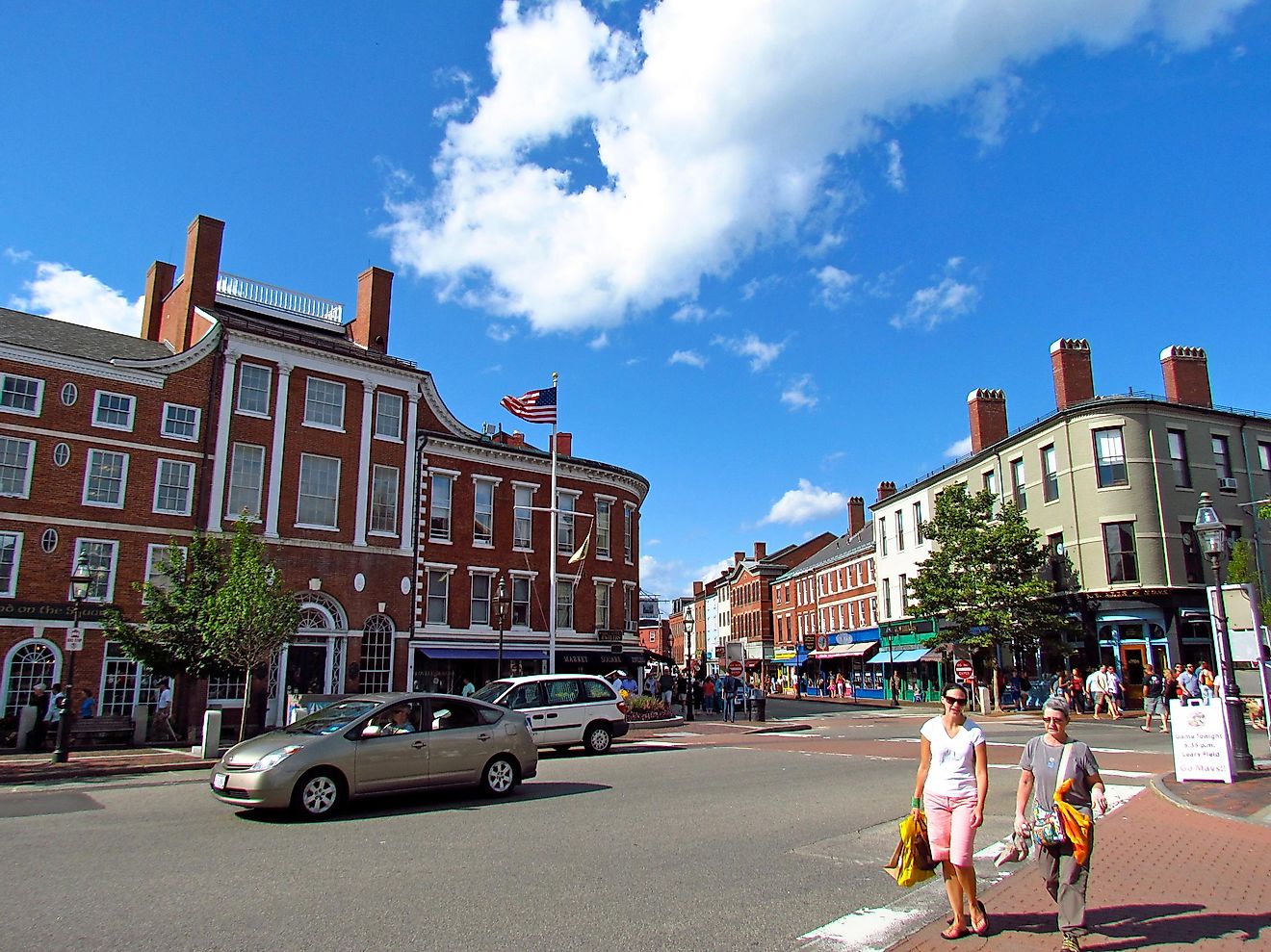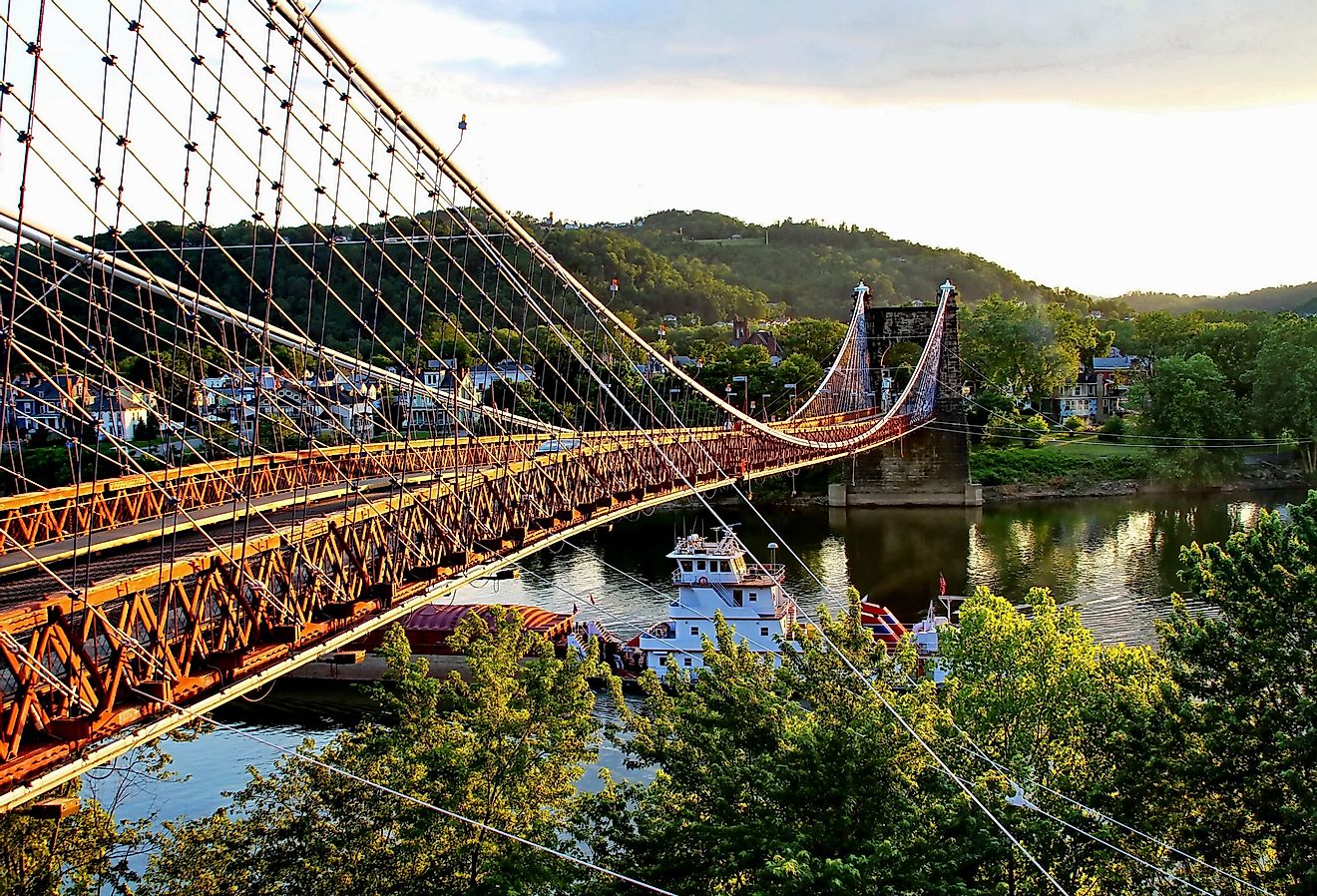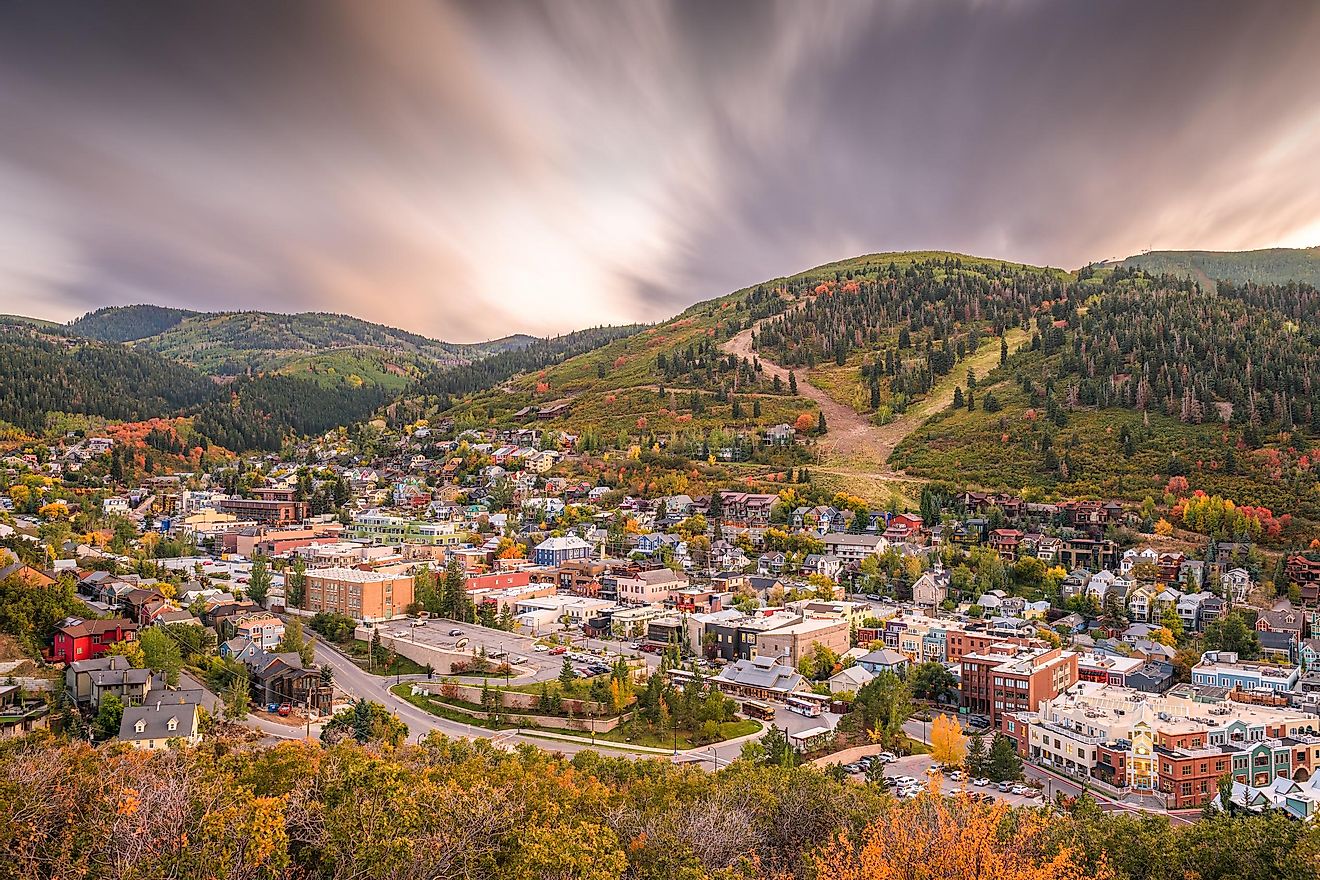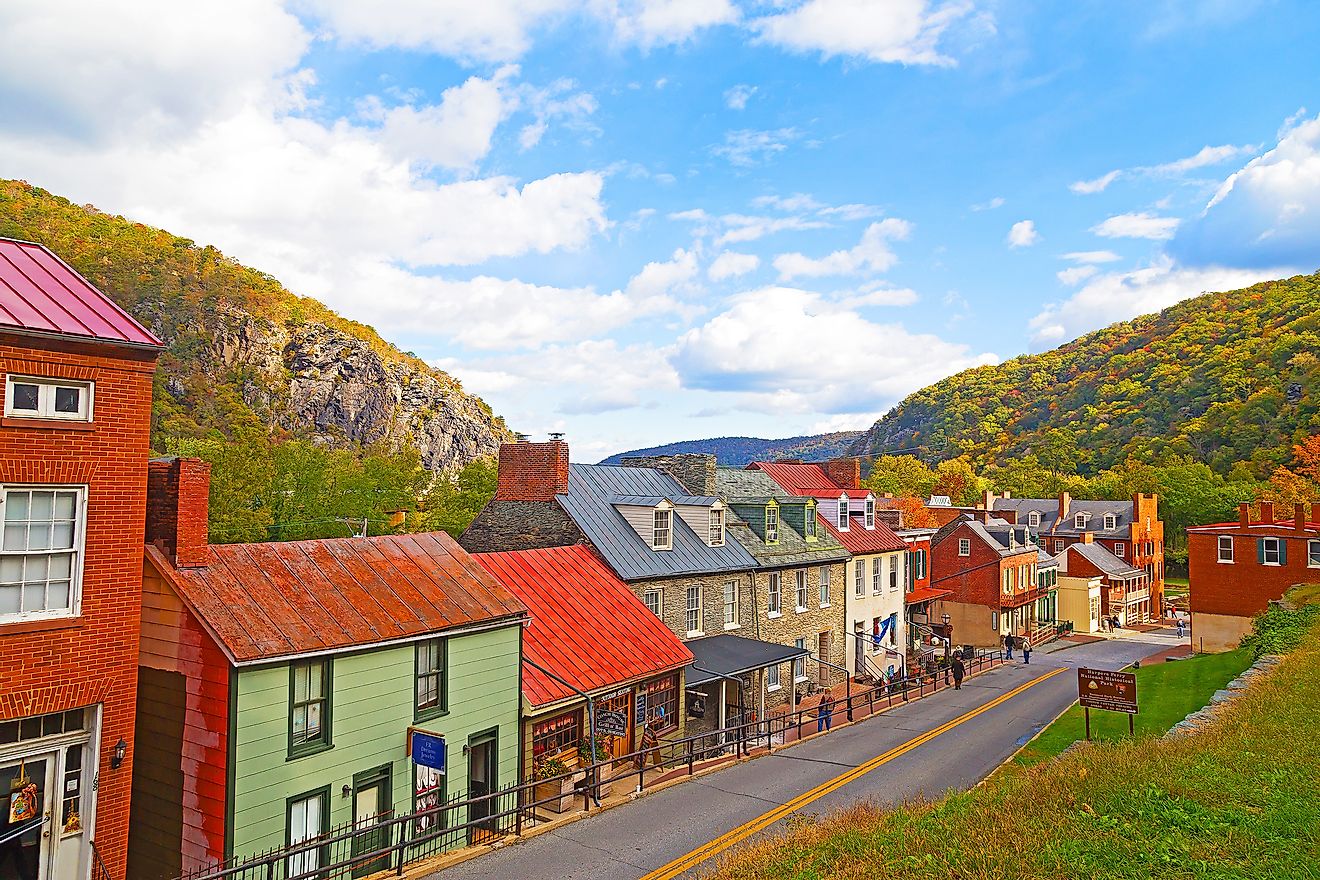Serengeti National Park, Tanzania
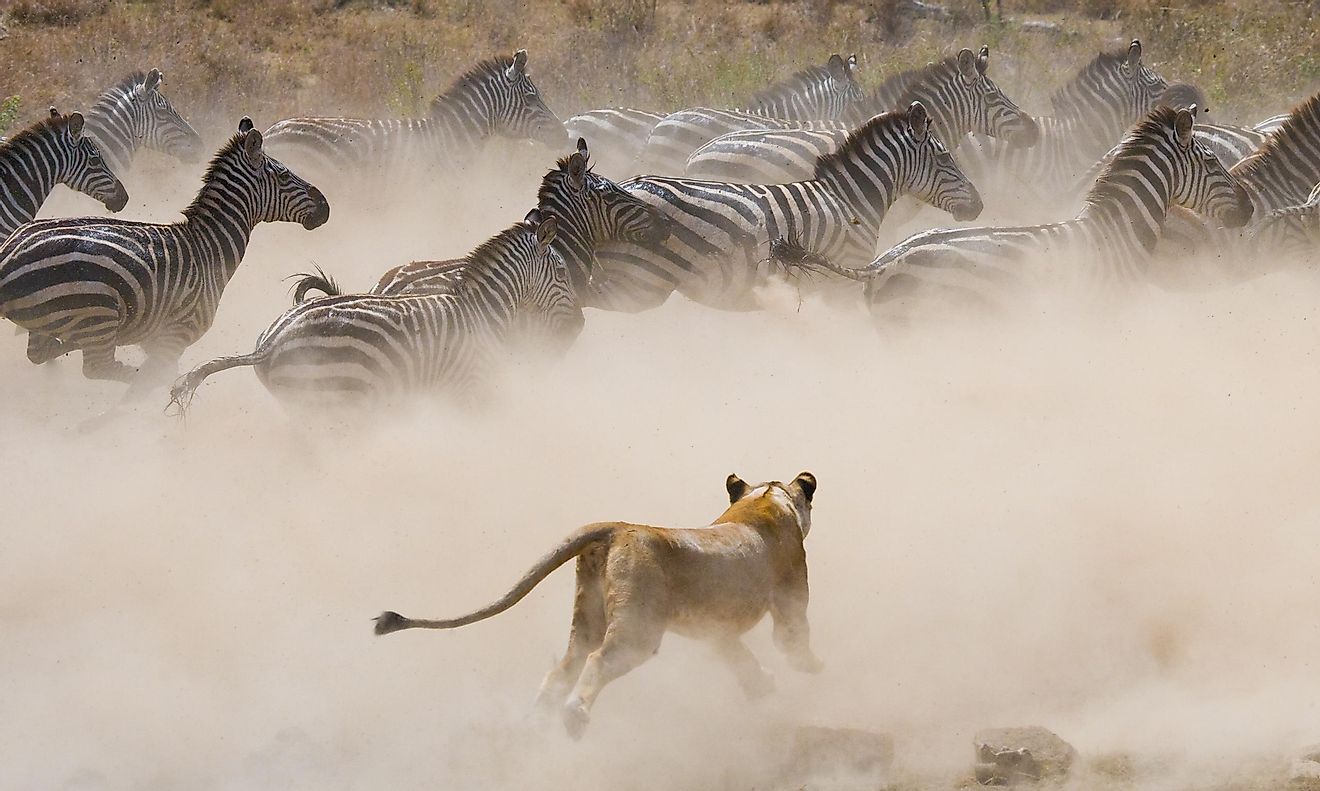
Serengeti National Park is a conservation area located in the Mara and Simiyu regions of Tanzania. The park itself is 14,763 km2 or 5,700 sq mi in size, and is composed largely of savannah, a type of expansive grassland. The word Serengeti is derived from the Maasai term siringet which translates roughly to ‘the place where the land runs on forever’. The park is full of a wide variety of animals, including some of the largest and most impressive in the world, such as African lions, giraffes, African elephants and rhinoceroses. For this reason, the Serengeti National Park is an extremely popular destination for guided safari tours.
History
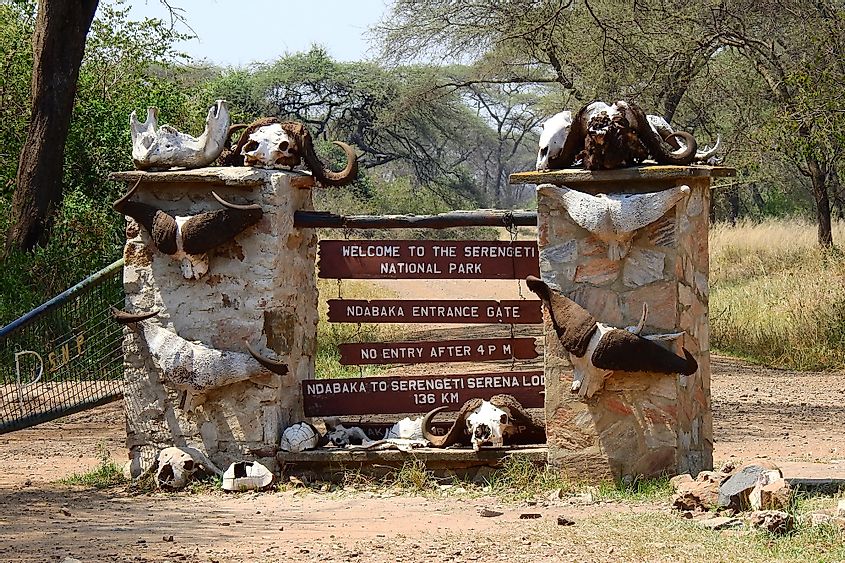
Due to the presence of such large and majestic wildlife within the Serengeti, the area has been a popular game reserve since the early 1900’s. Pressure began to build, however, for the government to establish protected land in the form of a conservation area. It wasn’t until 1940 that this region of the Serengeti first gained National Park status, with strict protection laws coming into effect in 1948. In 1959, a second park was formed, under the umbrella of the Serengeti National Park.
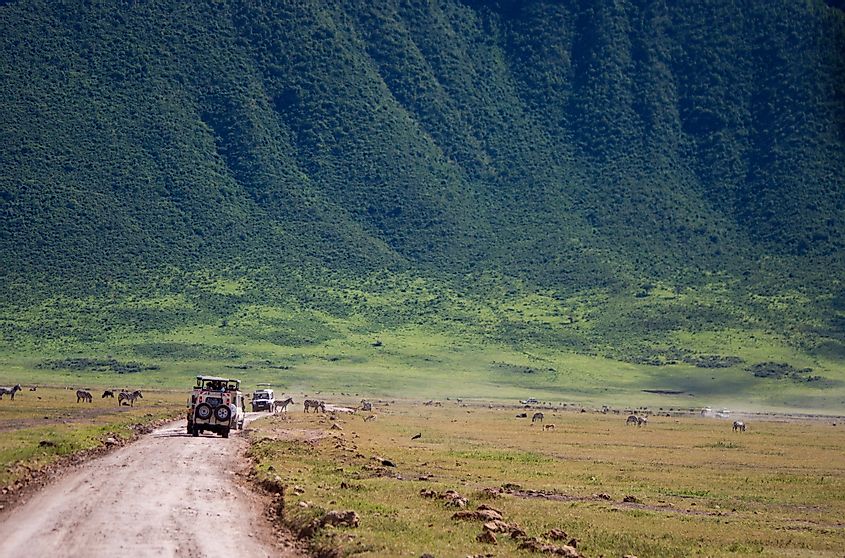
This section is located on the eastern edge of the park, and is 8,300 km2(3,200 sq mi) in size. The region was renamed the Ngorongoro Conservation Area, and includes the stunning Ngorongoro crater. Maasai people also call this region home, as they traditionally lived mainly in the eastern part of the Serengeti.
The Maasai
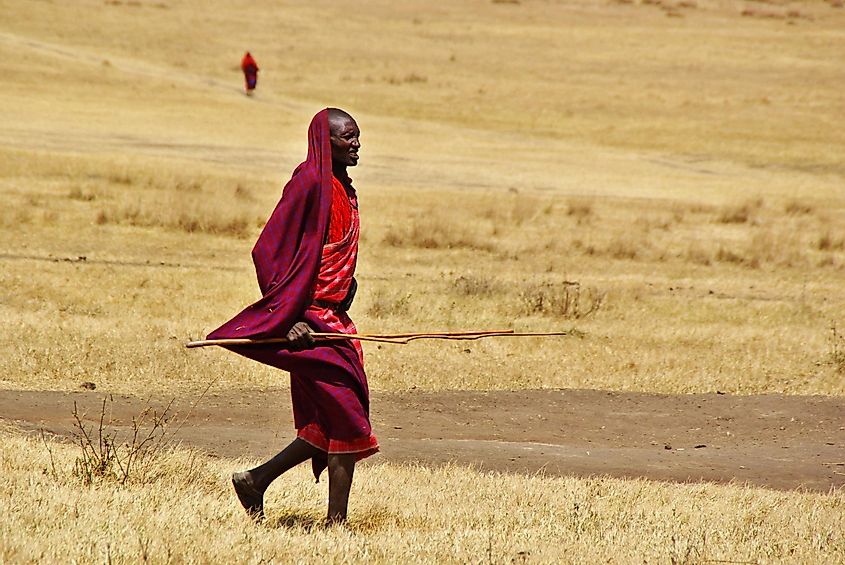
The Maasai first came to the Serengeti some time in the 1600s, after overtaking a rival tribe who formerly occupied the land here. Traditionally, Maasai live in a pastoral manner, moving about the region seasonally, and herding grazing cattle across the plains. However, with modernization and some park related restrictions on movements and agriculture which were put in place in 1951, many opted for a more fixed small-scale agricultural lifestyle instead. The formation of the Ngorongoro Conservation Area also had the intention of designating an area where Maasai could live freely in a multiple land use area.
Landscape
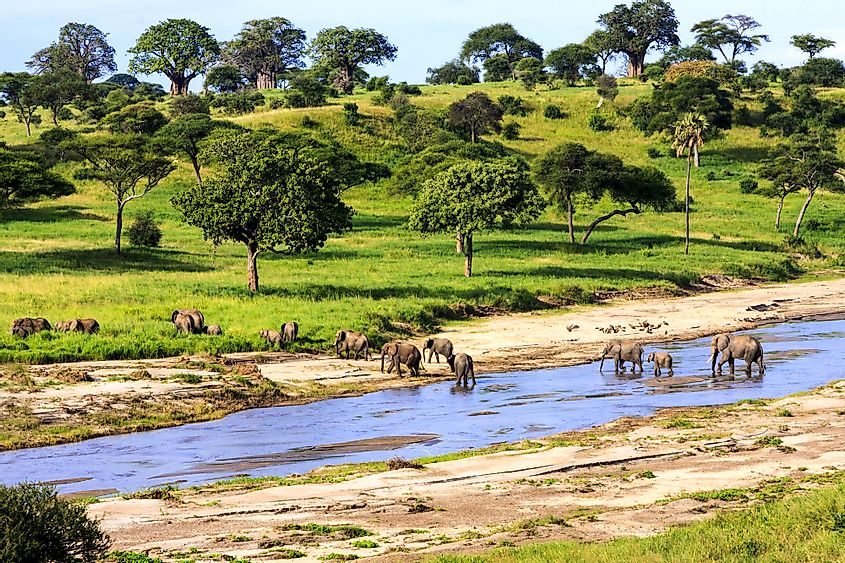
Serengeti National Park is located in the northwestern part of Tanzania, and borders Kenya to the north. The landscape of the Serengeti is usually associated with mainly flat wide grasslands, however variations do occur in the geography of the area. The park itself includes grassland plains, savannah, riverine forest, and African woodlands. There is a lot of diversity in the area due to extreme weather conditions. Additionally, much of the foundation of the plain was created by volcanic activity, which has formed rifts and craters within the plains. The park is therefore generally split into three major regions: the plains, western corridor, and northern Serengeti.
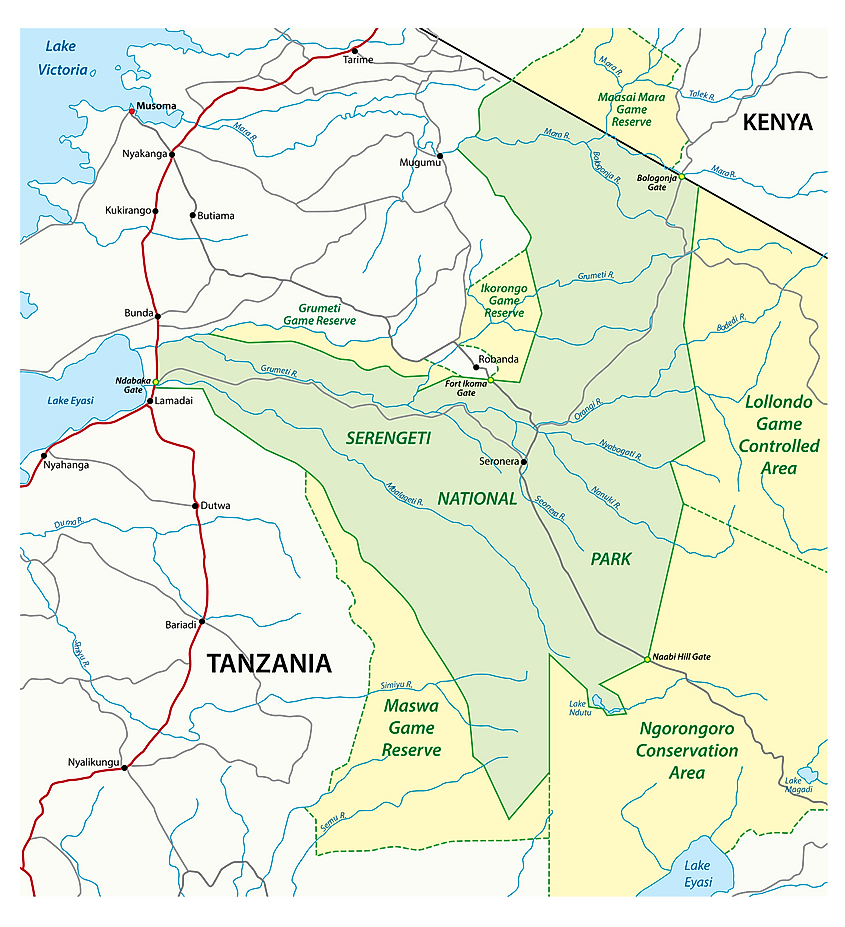
Serengeti Plains
The plains are what tend to be most commonly associated with the Serengeti. This area has very few trees or large plants, and consists mostly of tall grasslands. Rock formations, consisting mostly of hard granite, often jut out amongst the plains, forming lookout points and lounging areas for large predators such as lions, and also contain their own separate ecosystems. The plains also include the volcanic grasslands, which is a region rich in volcanic soil and plant life.
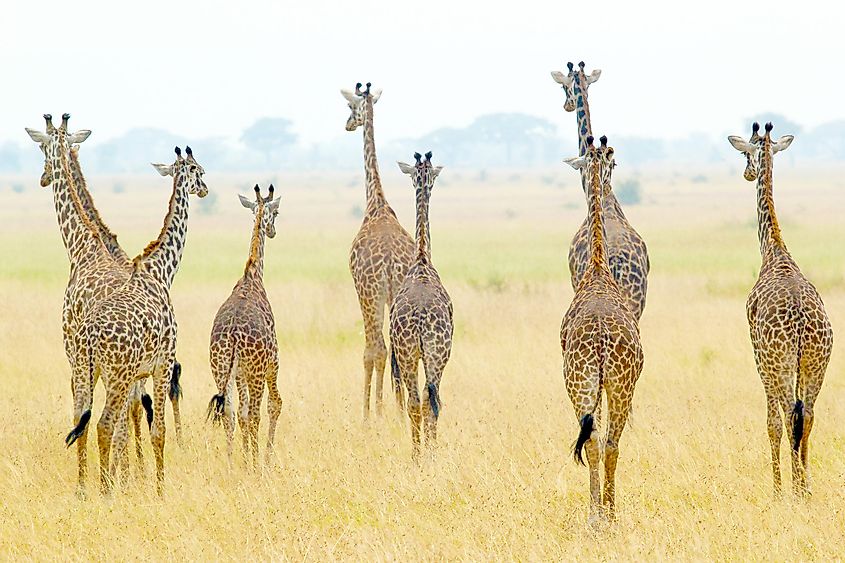
Western Corridor
The western corridor lies in the western edge of the Serengeti and differs considerably from the flat plains. This region has riverine forests as well as small mountain ranges, reaching all the way to Lake Victoria. The presence of both the Grumeti and Mbalageti rivers help feed the forests, and make it a popular area during migration time.
Northern Serengeti
In the northern part of the Serengeti, plains give way to open acacia woodlands and green rolling hills. It is a much more remote area, and can be more difficult to get to, though the landscape and wildlife that reside there are well worth it. This area stretches from Seronera to the Mara River, along the Kenyan border. A large variety of flowering shrubs and trees also flourish in the area.
Wildlife
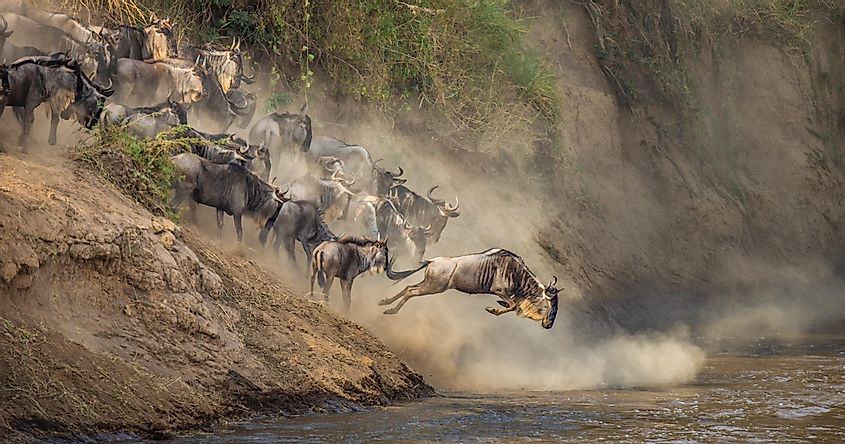
One of the most exciting things about the Serengeti is the wildlife. Large impressive animals live here, as well as giant herds. The Serengeti also experiences one of nature’s great wonders in the great migration, which sees millions of wildebeests, along with to a lesser extent zebras and gazelles, migrate some 2,900 kilometres from the southeastern grassland to the woodlands in the northwest. This stunning migration is cyclical, and continues on an endless loop as the herds migrate with the changing of the seasons. The Serengeti is also home to the ‘Big Five’, a term which refers to five of the largest and most dangerous animals in the world, and originally distinguished what were thought of as the five top game animals: the lion, leopard, elephant, rhino and buffalo.
Lion
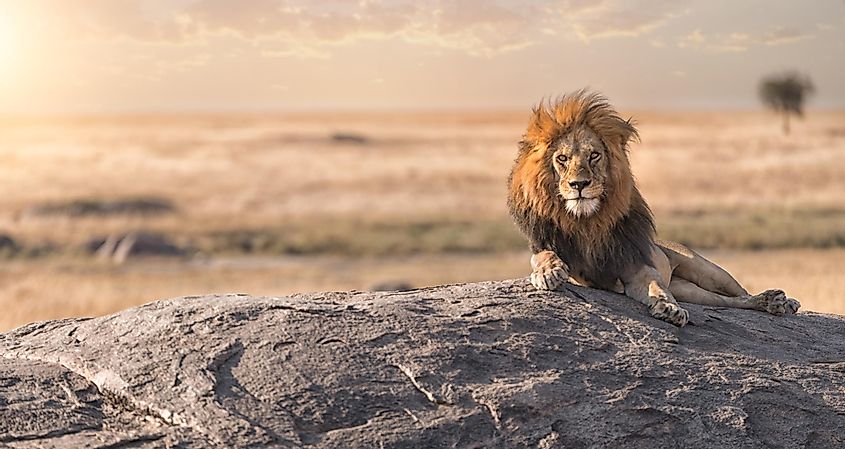
The lion is one of the most highly associated animals with the serengeti, and in fact this area has the largest population of lions in Africa. Some 3,000 individual lions reside here, in part due to the species’ particular protection within the conservation area. Lions have a lot of prey options within the Serengeti, including wildebeests, zebras, and antelope, all of which are plentiful in the park.
African Leopard
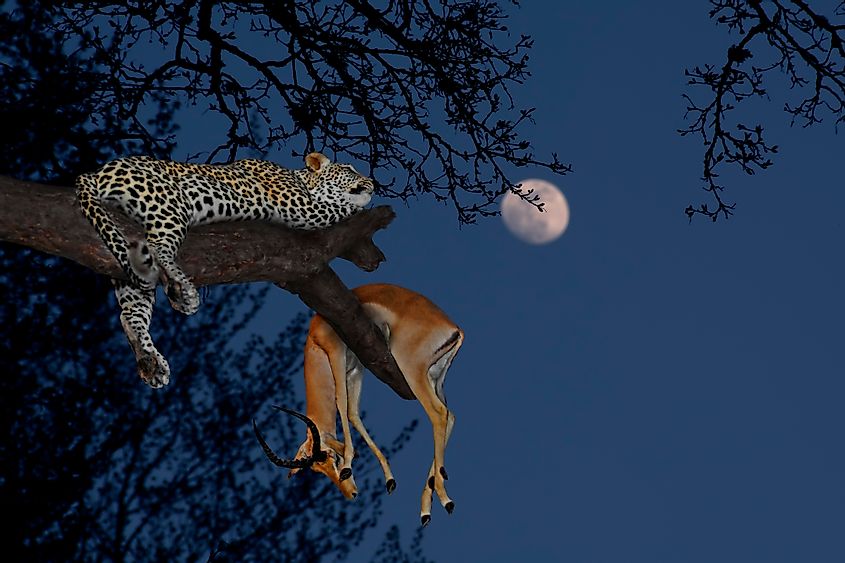
The leopard, another big cat, also lives within the park, but in lesser numbers to their lion cousins. Unlike lions, leopards are solitary hunters, and are far less likely to be seen in the daylight. Leopards tend to live and sleep above ground in trees, and can be hard to spot when on safari. Leopards also hunt hooved animals, but the slightly smaller ones such as antelope, gazelles, and impalas, due largely to the fact they hunt alone. Leopards also hunt and eat a variety of other animals including baboons, hares, rodents, birds, warthogs, and fish.
African Elephant
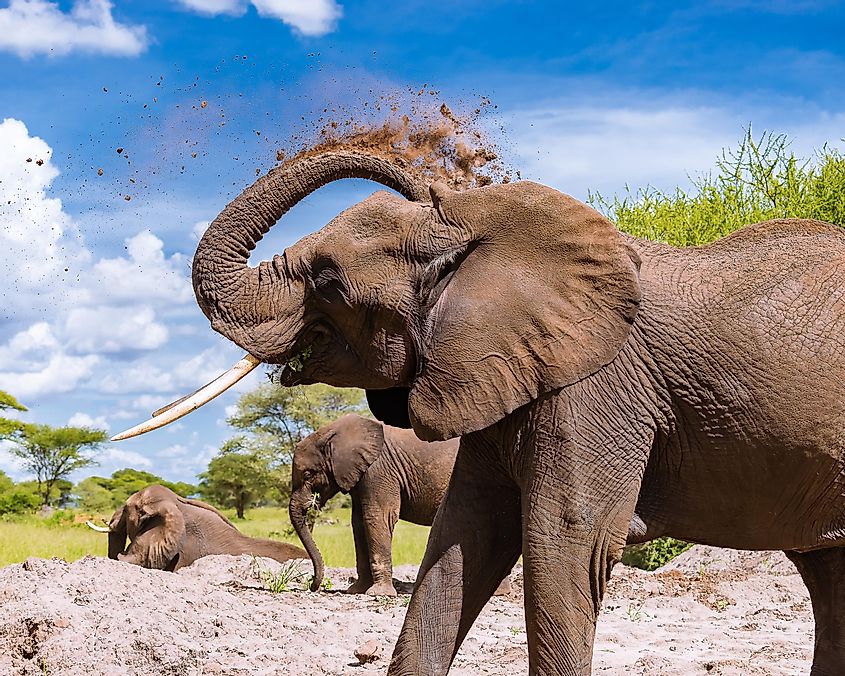
The African elephant is larger than than the Asian elephant, and is the largest animal currently walking the Earth. A full grown elephant is approximately 11 feet tall by 20 feet long, and weighs some 6 tons. They are listed as ‘endangered’ on the species population list, as they have been notoriously hunted for their ivory tusks. There are roughly 8,000 living in the Serengeti today.
African Buffalo
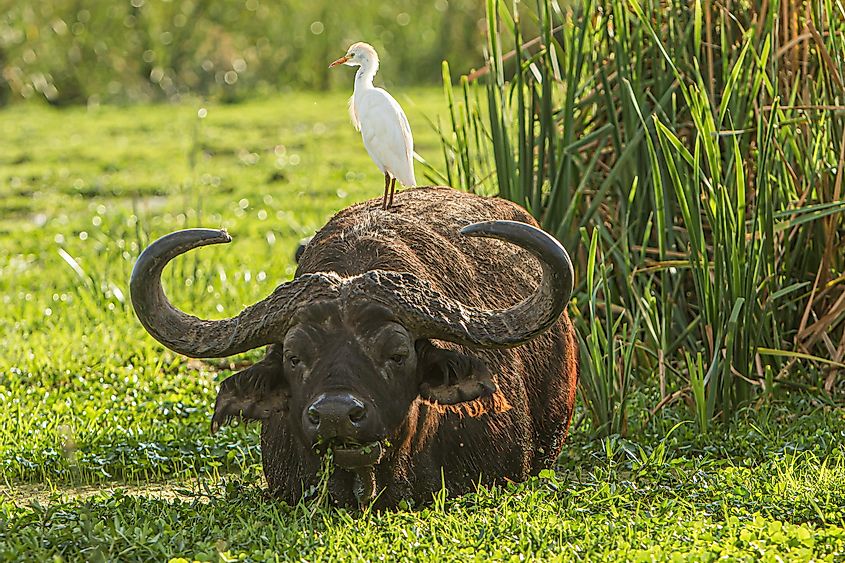
The African buffalo is a large grazing animal much like a big cow. A full grown buffalo can weigh 300 to 835 kilograms or 660 to 1,840 pounds, and would be approximately 1 to 2 metres, or 4 to 5 feet tall.
Rhinoceros
Rhinos are one of the most sought after sights in the park. Both black rhinos and white rhinos live within the National Park, and are similar in size and shape, and weigh roughly 2,500 kilograms. Rhinos have been targeted for years for their extremely valuable horns. Due to extreme poaching for many years, the population of rhinoceros plummeted drastically.
Other Wildlife
There are a number of other impressive and majestic animals that call the serengeti home. The giraffe is usually among the top animals visitors to the Serengeti are hoping to see, and herds are common in the park. Other herd animals that can be spotted here include beautiful zebras, various types of antelopes, gazelles, impalas and deer species, as well as warthogs. Lions and leopards are also not the only large predators. They compete with cheetahs, hyenas, jackals and wild dogs for much of these grazing prey. Crocodiles are also threats to the herd animals, but only during large river crossings - one of the most dangerous parts of the migration.
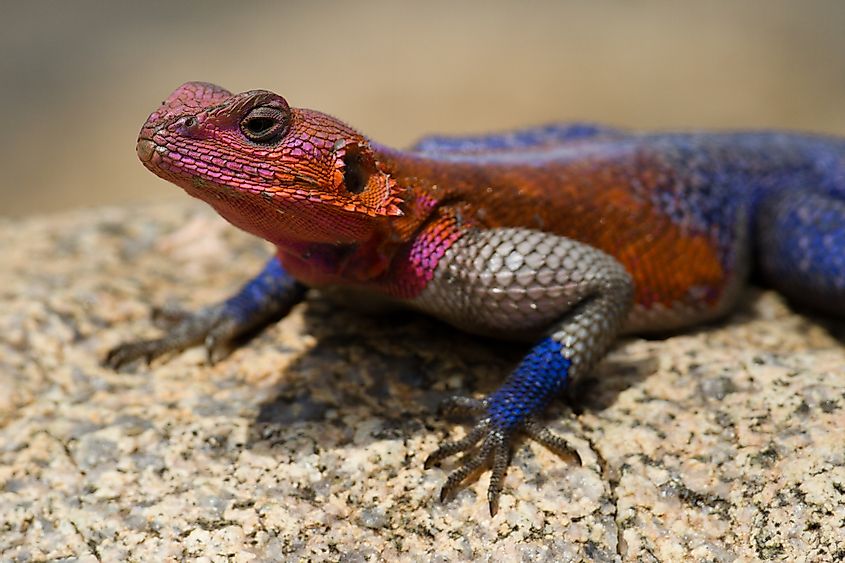
Though the Serengeti is most well known for its large animals, both predators and prey, there is a diverse population of smaller creatures living in the forests, hills and grasslands as well. Everything from honey badgers to otters, wildcats, weasels and foxes all live and hunt here. Primates include baboons and several types of monkeys, and there are also many aardvarks, porcupines, pangolins, zorilla, hare, and anteaters. Other reptiles aside from the crocodile include the leopard tortoise, chameleons, agama, and many snakes such as pythons, the black mamba, cobras and adder snakes.
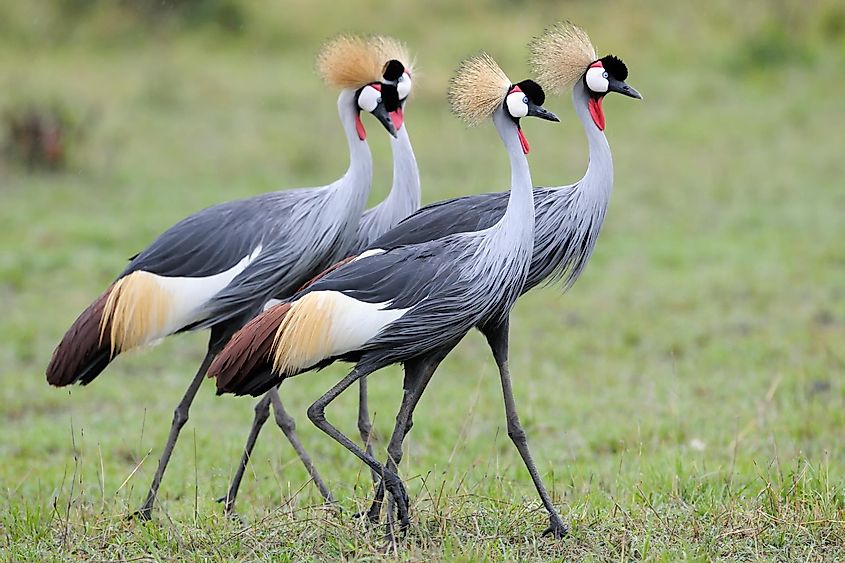
More than 500 different types of bird also reside in the region, including the Masai ostrich, vultures, various fowl; cranes, storks, ibis and herons; eagles, geese, ducks, pelicans hornbills weavers, doves and flamingos. The diversity is astounding.
Tourism
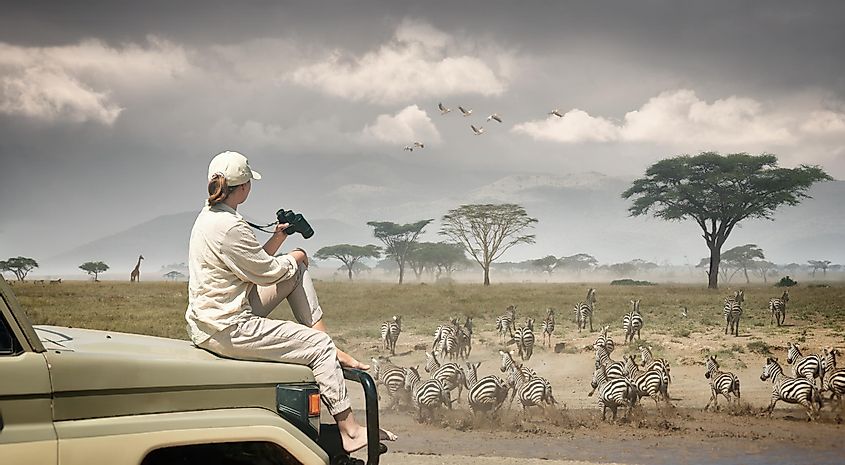
The Serengeti National Park is an extremely popular destination for a dream safari trip. Often listed as a ‘bucket list’ experience, visitors can choose from a wide range of safari options, from camping, to lodges, luxury cabins, and mobile tent migration experiences. Whether guests choose to follow a migration trail, spend a two day trip, or camp out under the stars, the experience is bound to be unforgettable.
